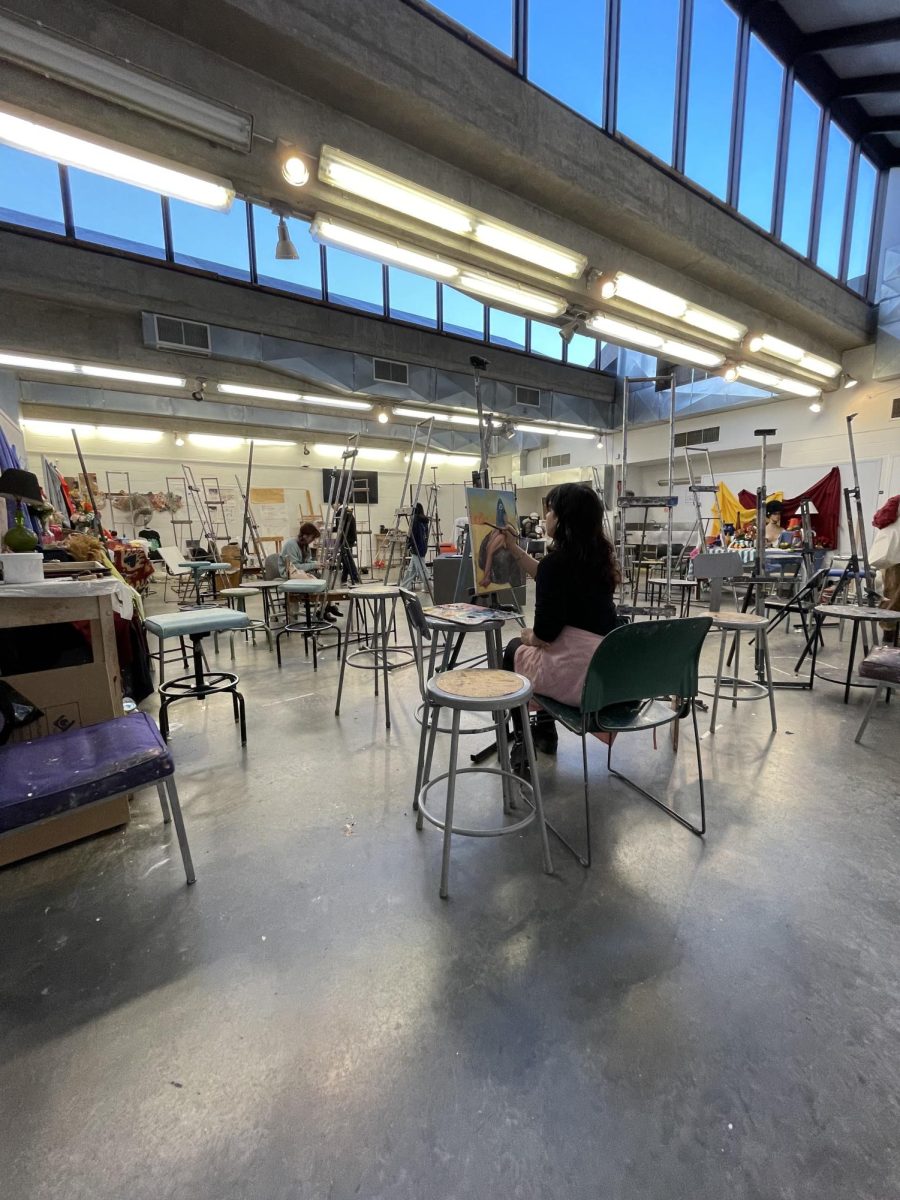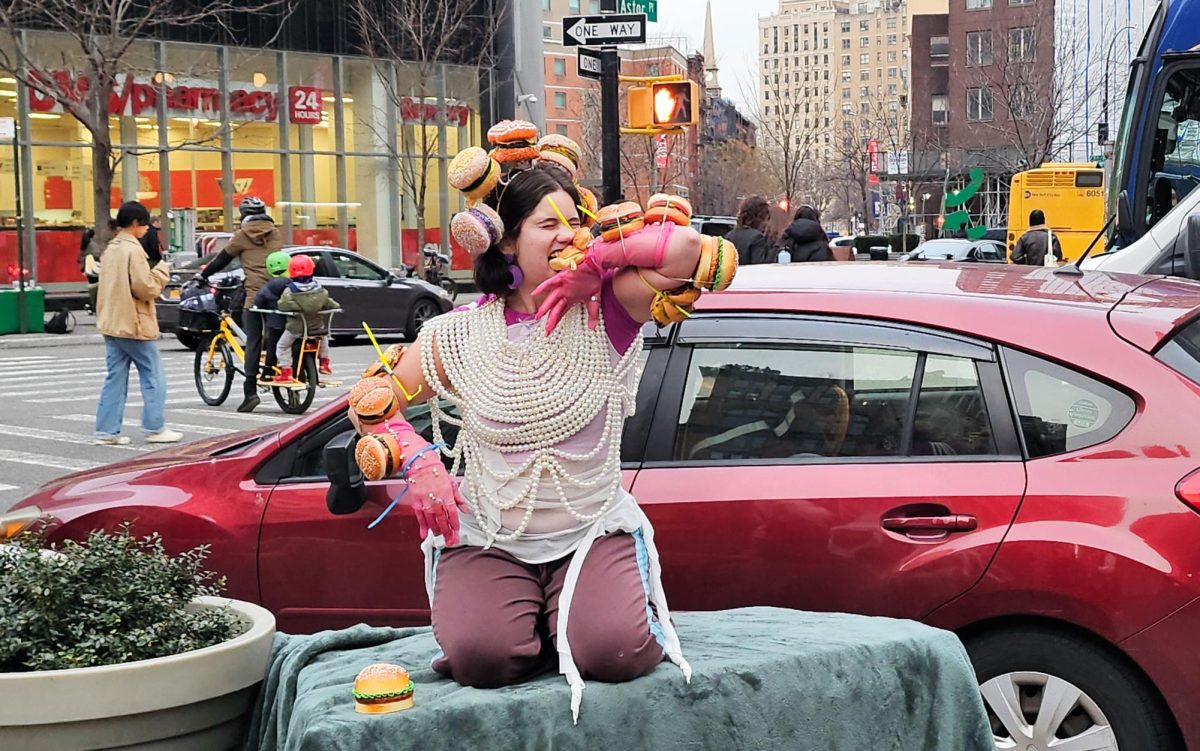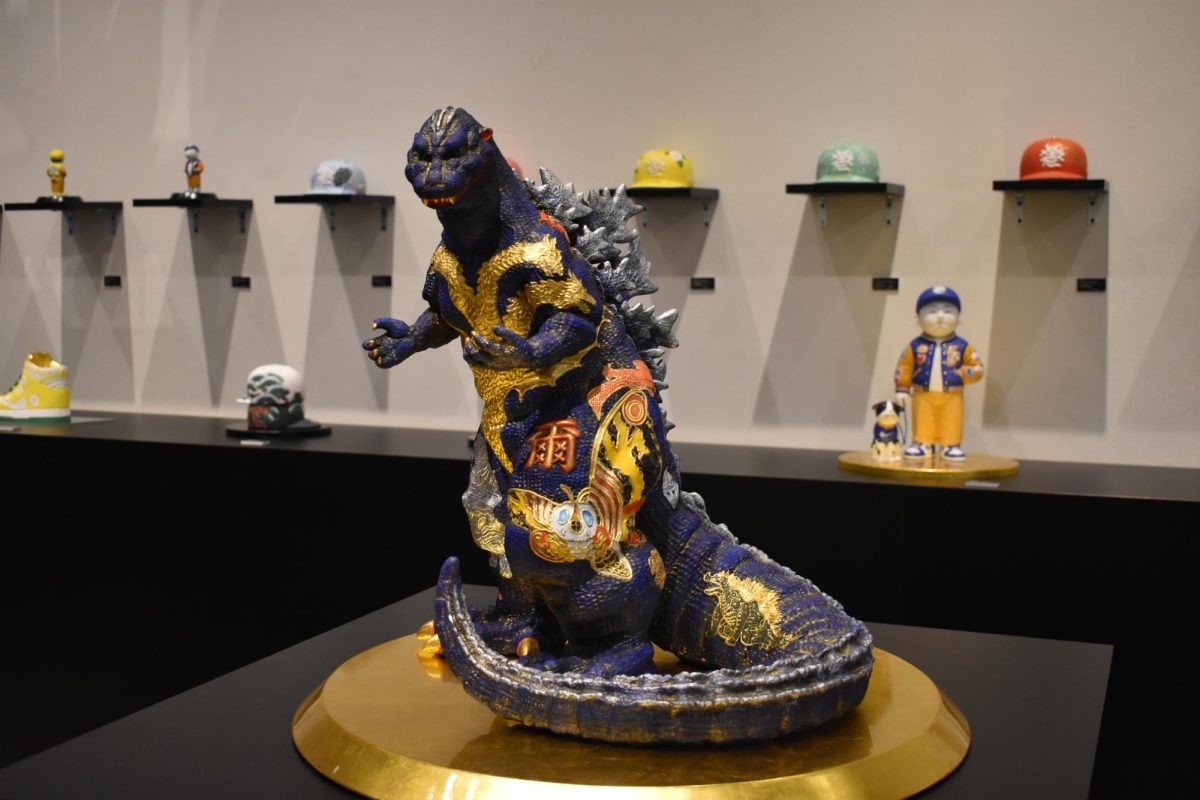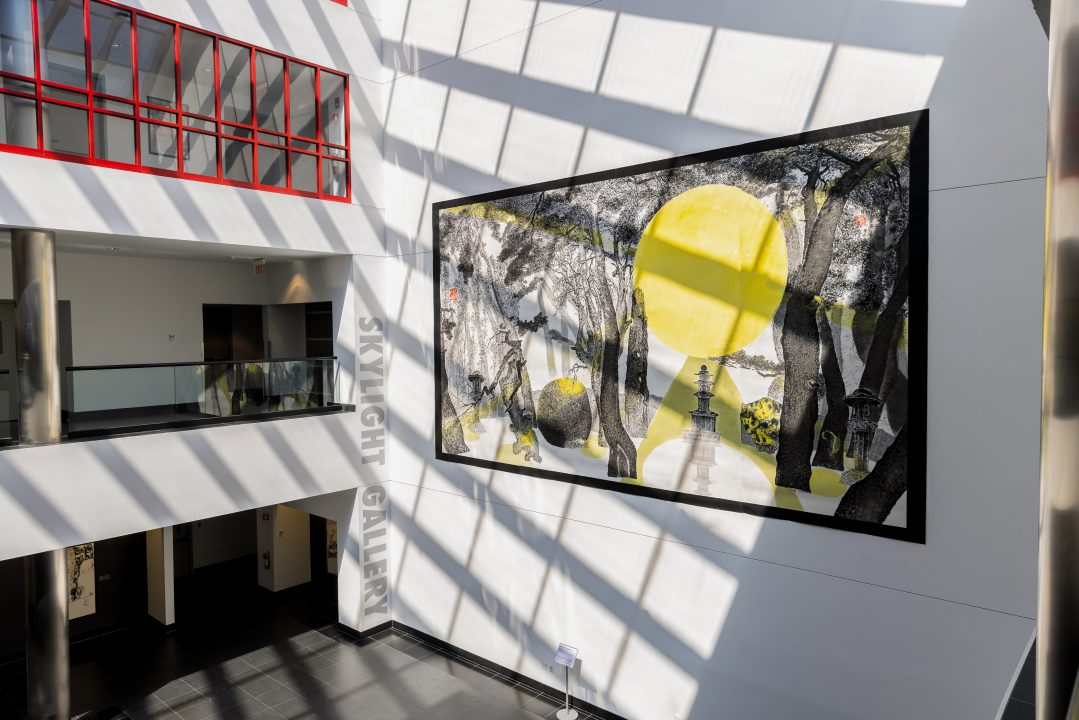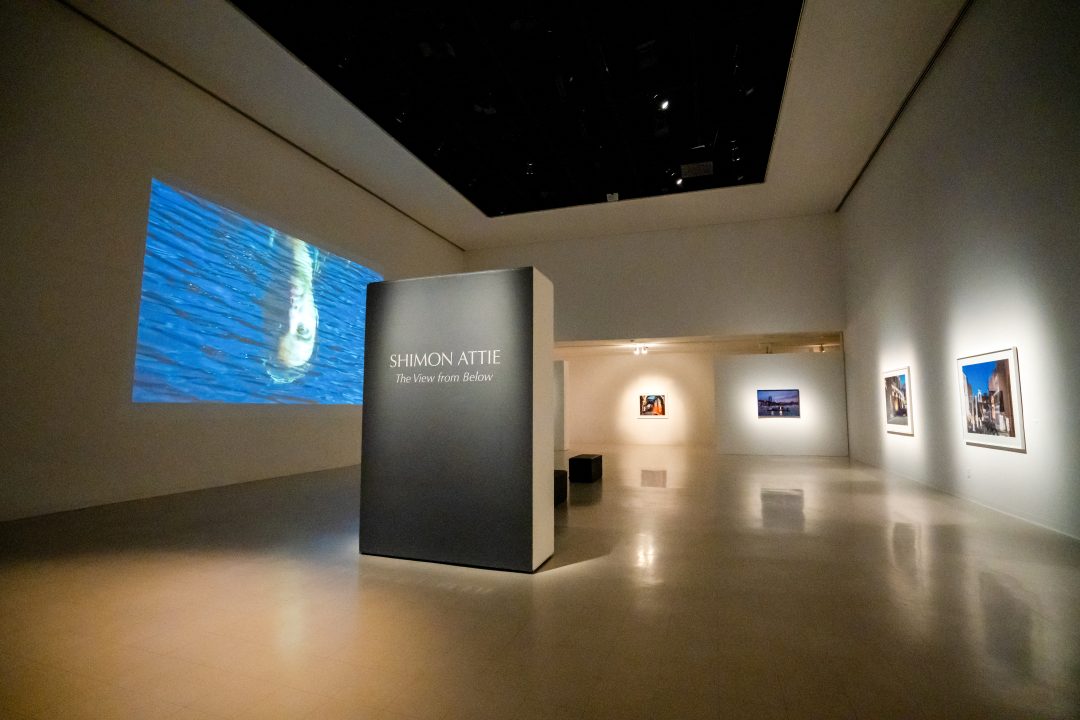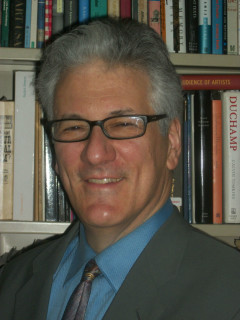
In collaboration with the Pollock-Krasner House and Study Center, the Stony Brook University Libraries hosted a lecture presented by Lewis Kachur on the nuances of early New York surrealism that took the idea to the next level. The Kean University Professor’s lecture, entitled “The ABC’s of New York Surrealism in the 1930s,” offered a complex analysis of the various artists that contributed to the movement’s popularity, as well as the backseat drivers that took the wheel and guided surrealism out of obscurity.
Kachur began by illustrating — no pun intended — the catalyst for surrealism in the United States, Salvador Dali’s most recognizable work “The Persistence of Memory.” Subsequently to the “anxious shadows of the Great Depression,” experimental art began a new life in a country seeking to rebuild, offering a sort of renaissance to the broken American society.
Dali and his eccentric work were embraced wildly among the 1930s, building to his infamous TIME magazine cover, a publicity photo that both made the name Dali a household staple in the public, and obscenity to the ears of those who had pioneered the movement long before him. What Kachur defines as the “magnetic field of surrealism” is as tumultuous as it is enrapturing, as the view of the public and other artists ebb and flow regarding its acceptance.
A concrete underbelly defines the success of surrealism in America and in New York; the relationship between the artist and the curator was crucial in propelling the surrealism movement forward, as they created and promoted gallery showings that drew in audiences, while accurately expressing the desires and emotions of the artists they sponsored. Curators and dealers like Julien Levy and Pierre Matisse maintained intimate relationships with their clientele in order to better increase their chances of success.
Levy’s most notable gallery, “Surréalisme,” featured notable Surrealist artists, including Dali, Max Ernst and Joseph Cornell, the “C” that gave his namesake to Kachur’s title — curators Chick Austion and Alfred Bar provide the preceding letters, highlighting their importance, as well as that of all dealers, in the movement’s triumph.
Perhaps the most interesting part of surrealism is the controversy between artists and the catfights that played out through their respective works and gallery shows. Perhaps one of the most notable works in surrealism was Dali’s World’s Fair exhibition, “The Dream of Venus” pavilion; Cornell’s sculptural installation “Bebe Marie” served as a social commentary on Dali’s work, and its exploitation of the innocence of young women.
Kachur delineated the tension between Dali and Jackson Pollock, an American painter remembered more for his explorations in abstract expressionism, with infamous splatter paintings such as “Autumn Rhythm (Number 30).” Pollock’s earlier works emulated or rather challenged, the double image concept pioneered by Dali, with his experimentation culminating in a 1943 recognition show for Peggy Guggenheim, gallery curator and museum owner who has become an infamous figurehead in the art world. The tension, confusion and turmoil of the era spilled from society to artwork to sketchbook, as artists explored and expressed their combative emotions. In analyzing specific pieces of artwork, art historians have been able to identify the ties between the work of various artists throughout this era, whether they be homages to their predecessors or condemnations.
Surrealism, though often complicated and sometimes incomprehensible, is one of the most expressive and imaginative genres of art, as the ability to break away from the conventions of reality allows artists to explore the many intricate facets of both art-making and art-viewing, thus prompting further genres of art to be created and enjoyed throughout American history.
As the lecture was a part of the libraries’ ‘Art in Focus’ series, the presentation by Professor Kachur, along with many other videos catering to the arts, can be found on their YouTube page.











